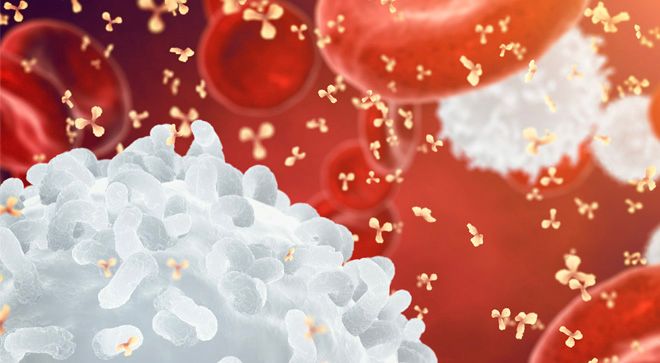Article
When MCL Relapses Early, Consider Different Treatment Options
Author(s):
Patients with mantle cell lymphoma whose disease relapses within a year and a half of transplant tend to have worse outcomes and may want to consider new treatment regimens.
Patients with mantle cell lymphoma (MCL) whose disease relapses within 18 months of a stem cell transplant may be at high risk and have poorer survival than those who do not relapse within that time frame, according to Dr. Peter Riedell.
“The standard approach for a large majority of patients is intensive induction therapy, followed by consolidative autologous stem cell transplant in the frontline setting,” Riedell said in an interview with OncLive, a sister publication of CURE®. “However, a proportion of patients do not benefit from that treatment approach long term. Through this study, we wanted to take a deeper dive into understanding that.”
Riedell, an assistant professor of medicine at the University of Chicago Medicine, recently presented research at the 2021 American Society of Clinical Oncology Annual Meeting that analyzed time-to-relapse and overall survival (OS) in patients with MCL who had up to two lines of high-dose Rituxan (rituximab)-based induction therapy and an autologous stem cell transplant (ASCT). All patients on the study received an ASCT within one year of being diagnosed with MCL and underwent the transplant between 2000 and 2018.
At five years, 69.6% of patients were alive, and the five-year progression-free survival (PFS; defined as the percentage of patients whose disease did not progress) was 45.8%. Patients who were older than 60 years of age tended to have worse outcomes, as did patients whose disease relapsed within the first 18 months after ASCT.
“One of the things that we found that was interesting to us was that when employing a multivariate analysis, we were able to see was that effects of relapse on IS did vary with time,” Riedell said.
Patients who experienced relapsed at the six-month mark tended to have the biggest impact on survival, followed by those who relapsed at the 12- and 18-month marks, respectively. This group of patients might want to talk to their health care team about different treatment options, according to Riedell.
“These patients likely require different therapeutic approaches in the frontline setting or, more so, in the relapsed setting compared with our conventional treatment,” Riedell said. “By novel approaches, I am getting at things such as inclusion in currently enrolling clinical trials or the utilization of CAR T-cell therapies.”
Riedell hopes that future research will lend better understanding to what makes some people’s disease relapse early.
“That is one of the areas where the field needs to move: to better understand which patients relapse early and subsequently (determine) what therapies we can employ in those patients who have high-risk features, who are not served as well with upfront ASCT.”
For more news on cancer updates, research and education, don’t forget to subscribe to CURE®’s newsletters here.




